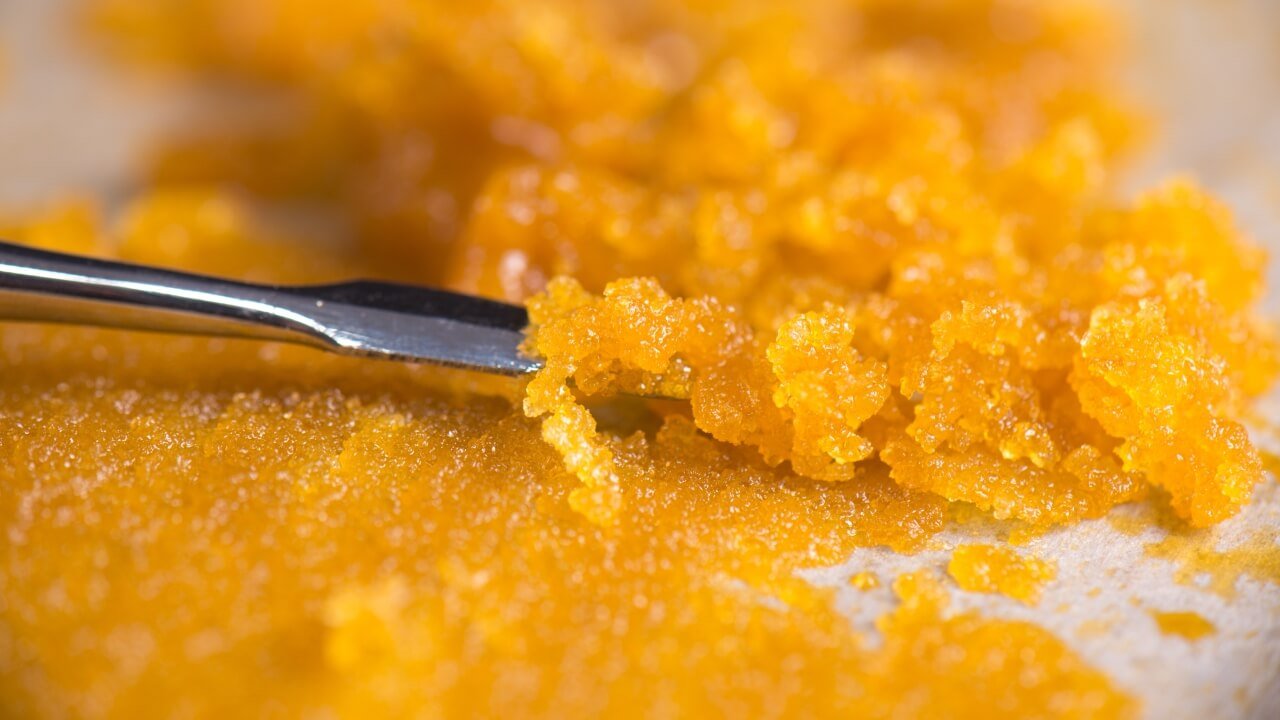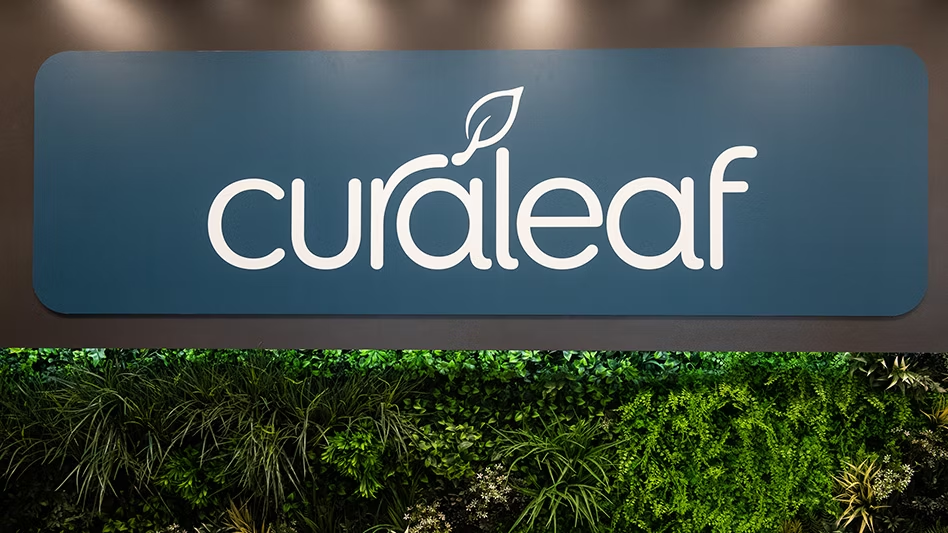Consumers are increasingly focused on the quality of cannabis extracts and how these products are made. The extraction methods can be classified into two main categories: solvent-based and solventless. Critics of solvent-based extraction argue that it may leave behind harmful residual chemicals, while supporters maintain that any residuals are present in minuscule and safe amounts. In contrast, solventless methods aim for maximum purity by avoiding the use of chemicals altogether.
The global cannabis extracts market was valued at $4.3 billion in 2023, according to Grand View Research, a market research firm based in San Francisco. This market is expected to grow at a compound annual growth rate of 20%, reaching an estimated $15.5 billion by 2030. To build consumer trust and promote sustainability in this industry, businesses must prioritize their extraction processes. The healthiest methods not only preserve the beneficial compounds of the plant but also minimize potential health risks.
Solvent-based extraction employs chemicals like alcohol, carbon dioxide (CO2), and butane to dissolve trichomes, creating high-potency extracts. These solvents are later removed through vacuum evaporation, resulting in a concentrated resin rich in cannabinoids and terpenes. Lo Friesen, the founder and CEO of Heylo, a cannabis extraction company located in Seattle, emphasizes the importance of eliminating residual hydrocarbons, stating, “You don’t want residual hydrocarbons – exposure to that is not safe.” He mentions that post-processing steps are developed to ensure compliance with state regulations regarding residual solvents in the final product.
Efficiency plays a crucial role in the extraction debate. Michael Sassano, the founder and CEO of Somai Pharmaceuticals, a pharmaceutical manufacturer based in Portugal, points out that hydrocarbon extraction is among the most efficient methods for obtaining cannabinoids and terpenes. He states, “You get higher yields, higher purity and more abundance of terpenes,” highlighting the advantages of this method compared to others.
On the other hand, solventless extraction uses physical processes such as agitation, water, heat, and pressure to separate trichomes from the cannabis plant. This method can be performed either manually or mechanically. Darwin Millard, the technical director of Cannabis Safety & Quality, a compliance service based in St. Louis, notes that the method of consumption influences which extraction process should be utilized for THC. He categorizes topicals as the lowest-risk cannabis product, followed by edibles, while inhalation is considered the highest risk. Millard explains, “Consumer health is a layered concept,” clarifying that different consumption methods have varying health implications.
Friesen and Millard have differing opinions on the solvent versus solventless debate. Friesen prefers the CO2 extraction process, which he claims effectively eliminates yeast and mold from the extract. He refers to it as the “solventless solvent” due to its cleaner nature. The ongoing discussion around these extraction methods emphasizes the importance of consumer safety and the quality of cannabis products in a rapidly growing market.



